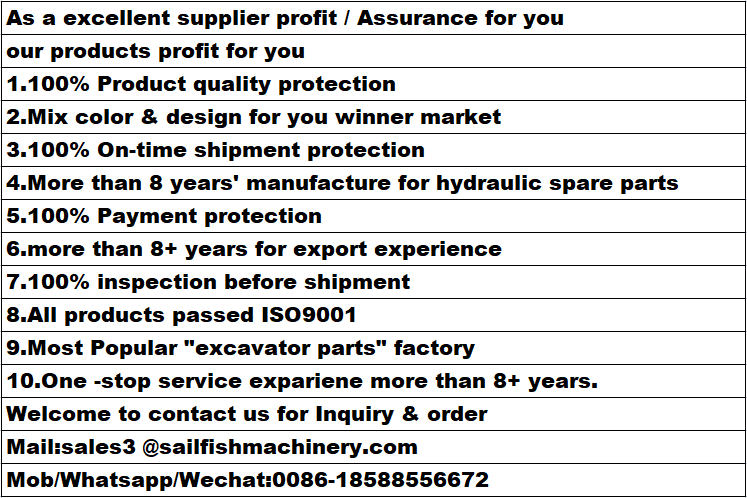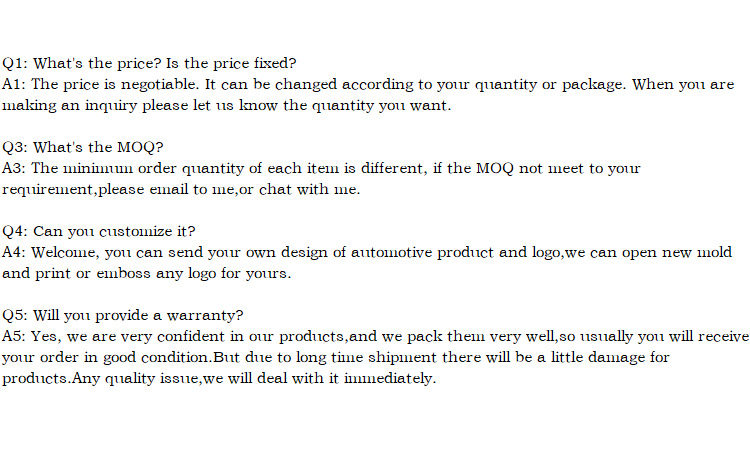SV10-41 Series Two-position Four-way Cartridge Valve Coil
Details
Applicable Industries: Building Material Shops, Machinery Repair Shops, Manufacturing Plant, Farms, Retail, Construction works , Advertising Company
Product name: Solenoid valve coil
Normal Voltage: AC220V AC110V DC24V DC12V
Insulation Class: H
Connection Type: D2N43650A
Other special voltage: Customizable
Other special power: Customizable
Supply Ability
Selling Units: Single item
Single package size: 7X4X5 cm
Single gross weight: 0.300 kg
Product introduction
Solenoid valve is a widely used mechatronics control element in modern industry. It can realize all kinds of automatic control and remote control in the fields of chemistry, petroleum, cement and machinery, and has the advantages of small volume, long service life, convenient operation and low maintenance cost. However, because the coil is often used for a long time, some problems may also occur. Therefore, we need to know how to repair the solenoid valve coil. The solenoid valve coil is one of the core components of the solenoid valve, and it is a component that converts electric energy into magnetic energy and then converts magnetic energy into electric energy to maintain electromagnetic attraction. During the use of the solenoid valve, the coil has some faults such as damage and poor contact, which will lead to the coil not working normally. Therefore, it should be repaired in time to avoid more problems.
1. First of all, it is necessary to find out the cause of solenoid valve coil failure. There are usually the following reasons for the problems of the solenoid valve coil: aging of the coil, overheating of the coil, short circuit, open circuit, high voltage, etc. Therefore, when repairing the solenoid valve coil, we should first find out the fault reasons of the solenoid valve coil through professional test equipment such as electronic tester. Only when the cause of the fault is determined can the repair be carried out in a targeted manner.
2. Check the appearance and wiring. Before maintaining the solenoid valve, first check the appearance of the coil. If it is found to be broken, melted or otherwise physically damaged, it must be replaced. At the same time, check whether the contact point of the connecting wire flashes and tighten the connecting screw.
Product picture

Company details







Company advantage

Transportation

FAQ













